

Supported by

Submitted by Ian Wilson, Imperial College London, UK
Before instrumental LC and GC there was paper chromatography (and awesome it was too). This is the lid of a Shandon glass chromatography tank designed for running paper chromatograms. Through the glass knob on the top can be seen the inverted image of a Hewlett Packard 5710AGC, complete with its 7672A autosampler.
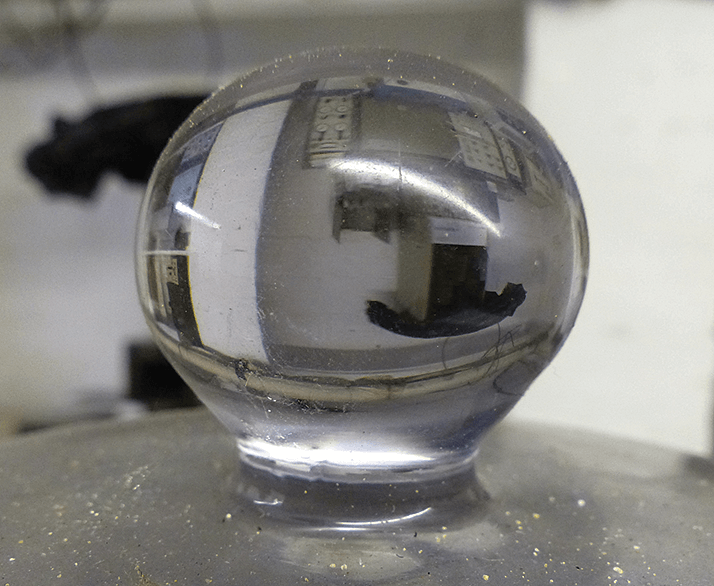
By Ian Wilson, Imperial College London, UK
Some years ago, I noticed that the history of separation science was being unceremoniously dumped into the skip. My basement, otherwise known as the (tongue firmly in cheek) “National Museum of Separation Science in Knutsford,” became a refuge for a few survivors that are occasionally visited by the cognoscenti. Warning: it is likely that there will be a strong correlation between the number of photos that look strangely familiar and your age...
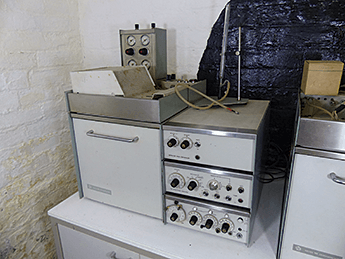
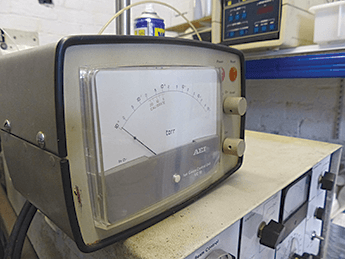
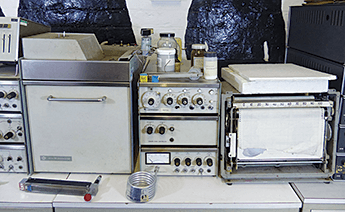
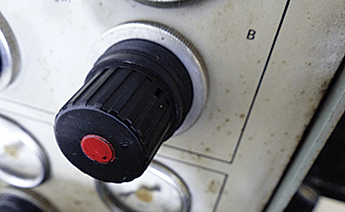
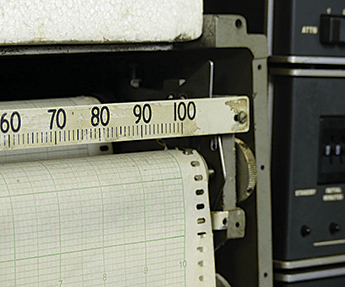
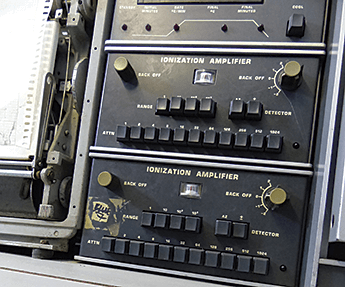
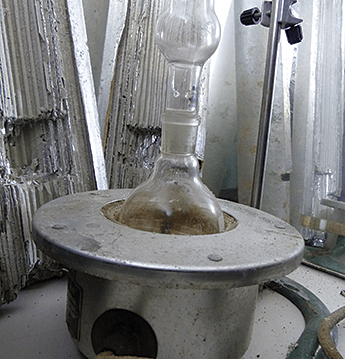
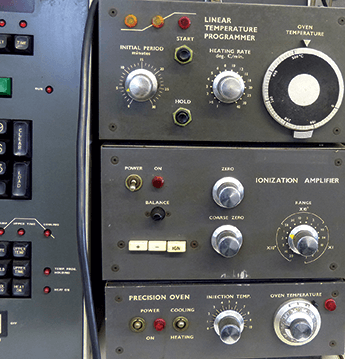
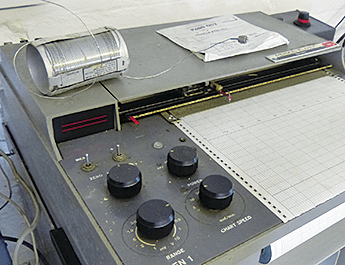
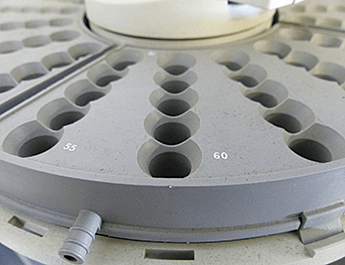
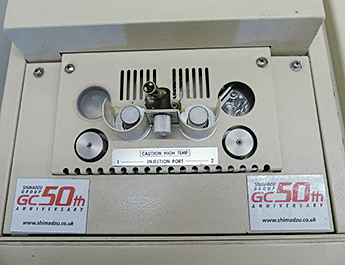
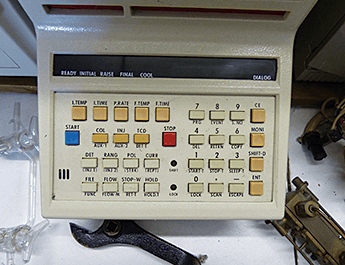
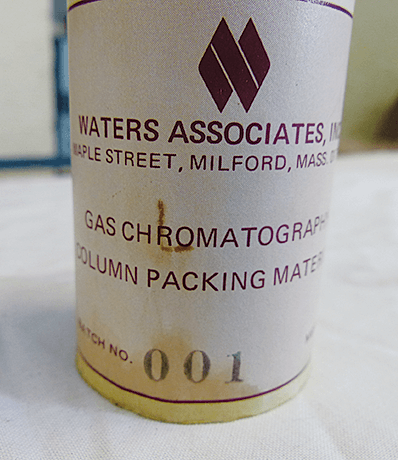
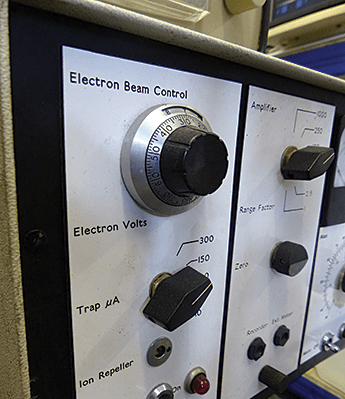
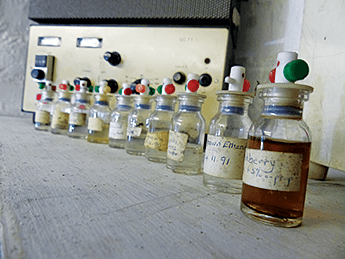
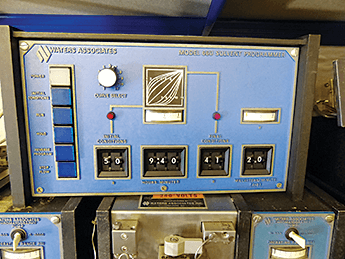
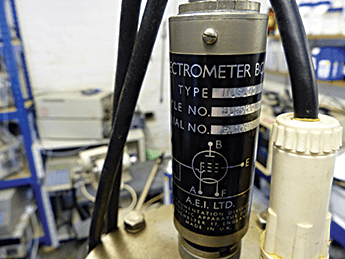
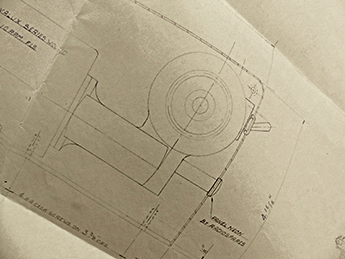
Click the links below for more Art of Analysis: Extreme Environments Data Visualization & Infographics Touching People's Lives Surprising Samples Miniaturization





